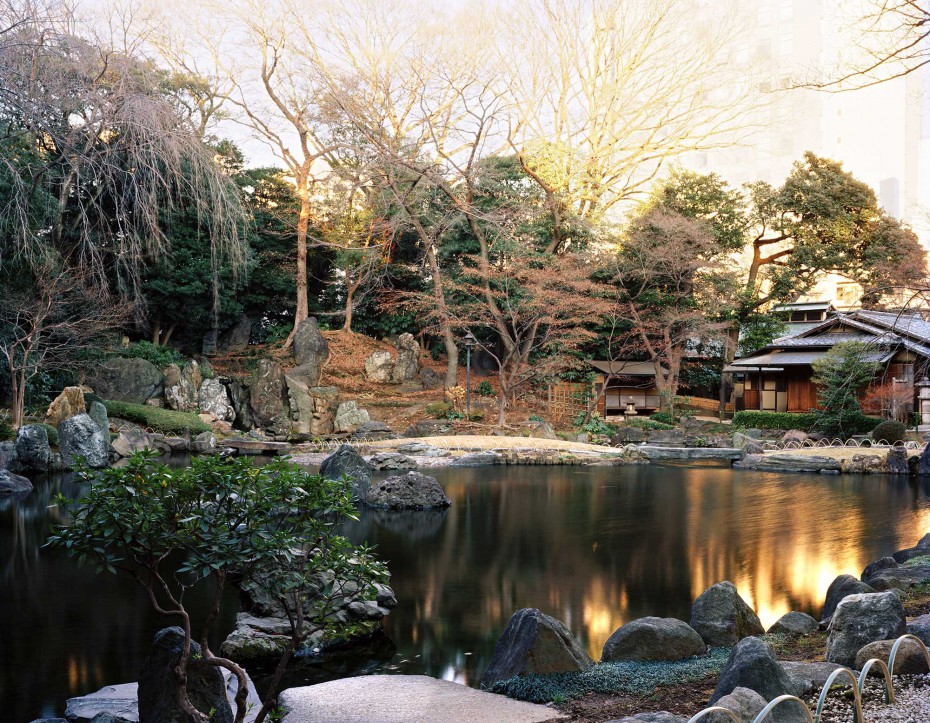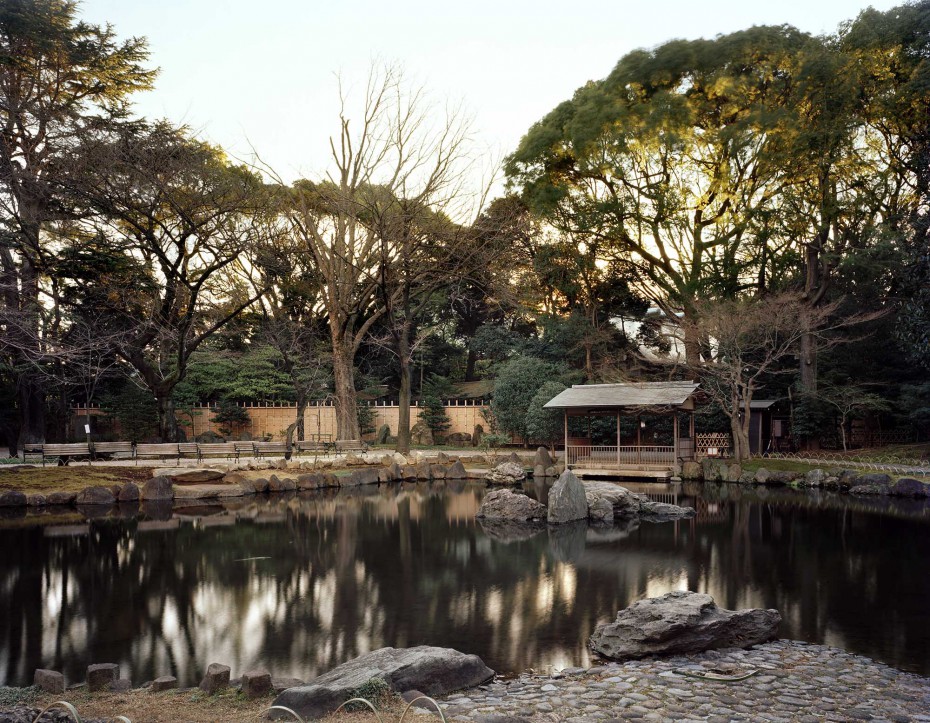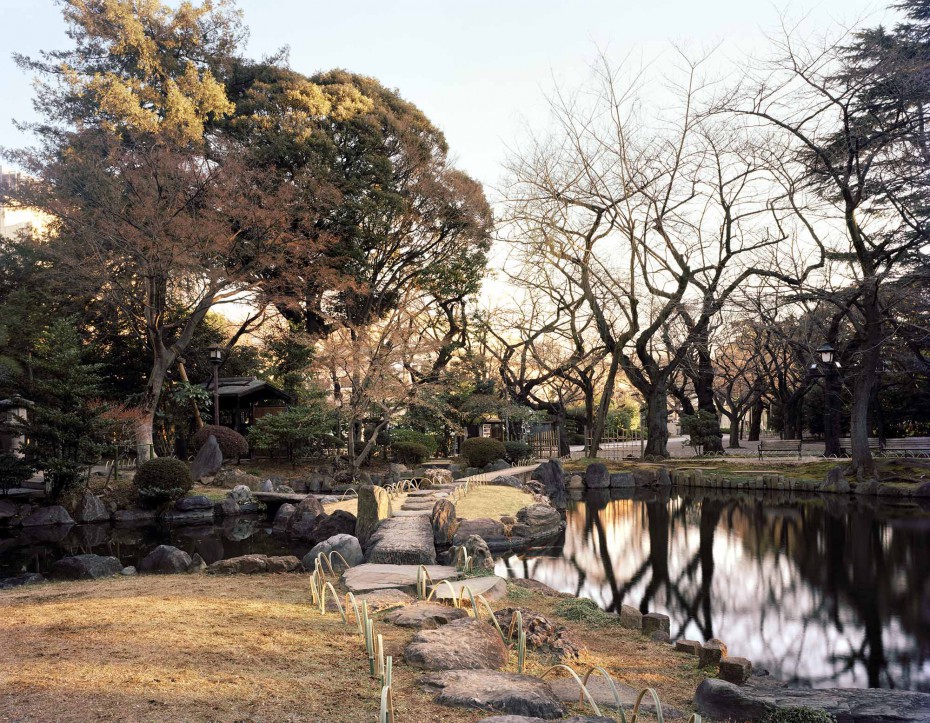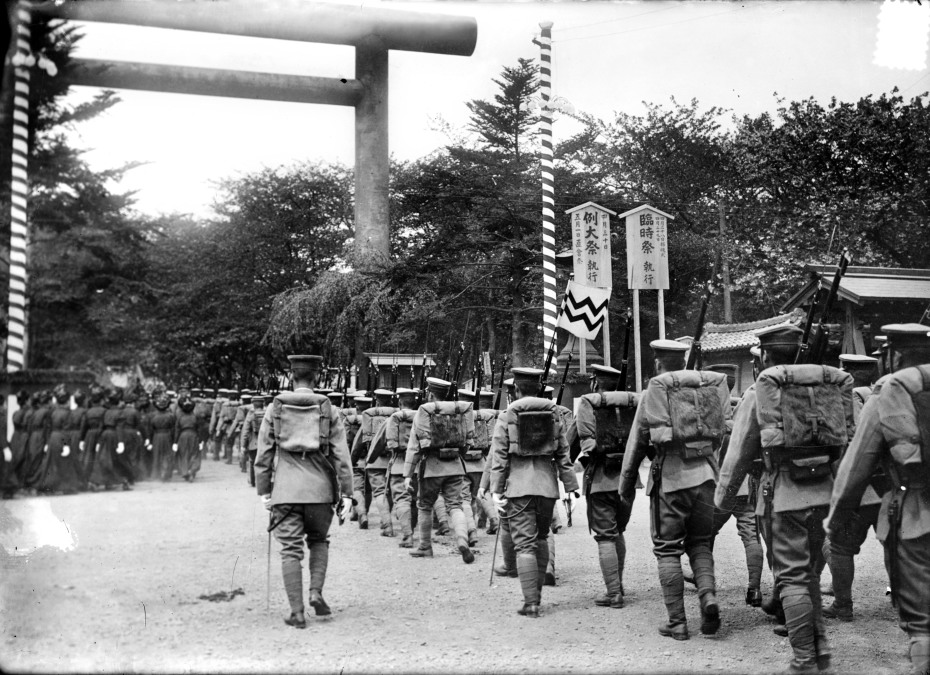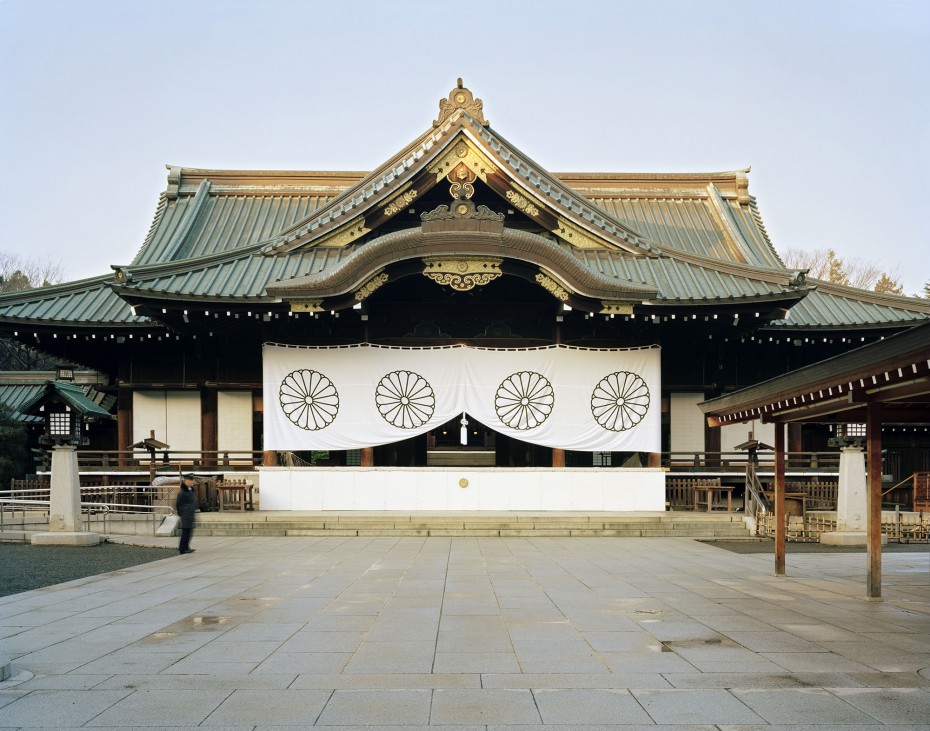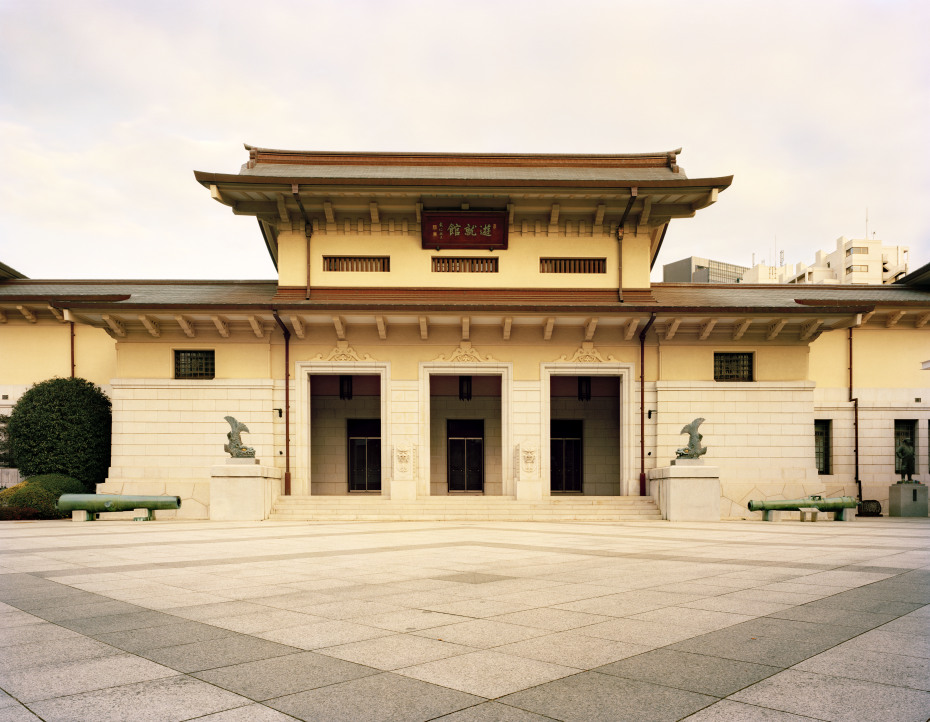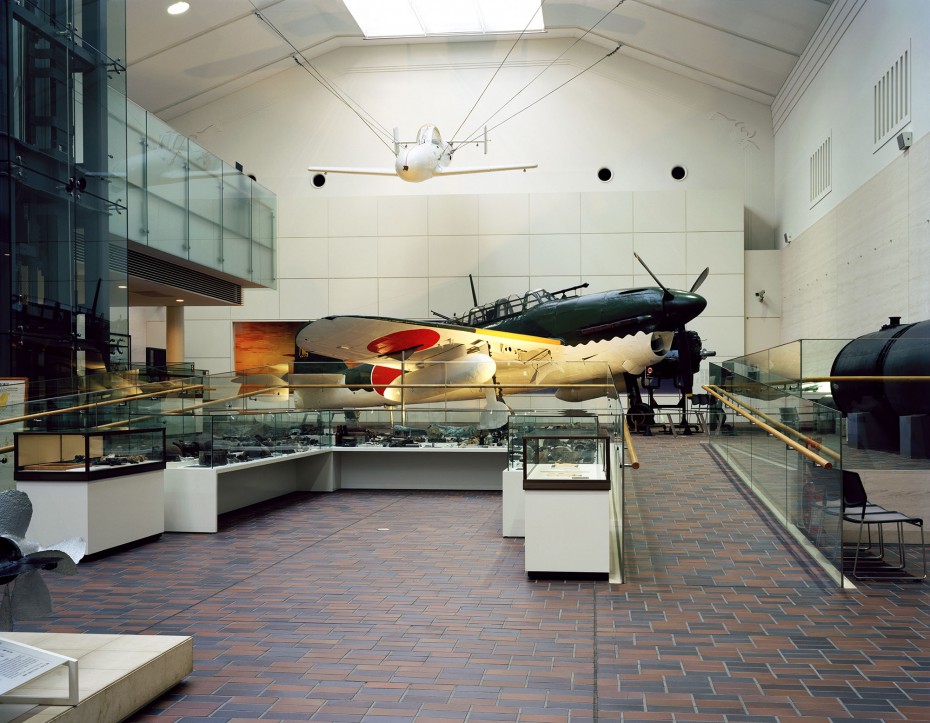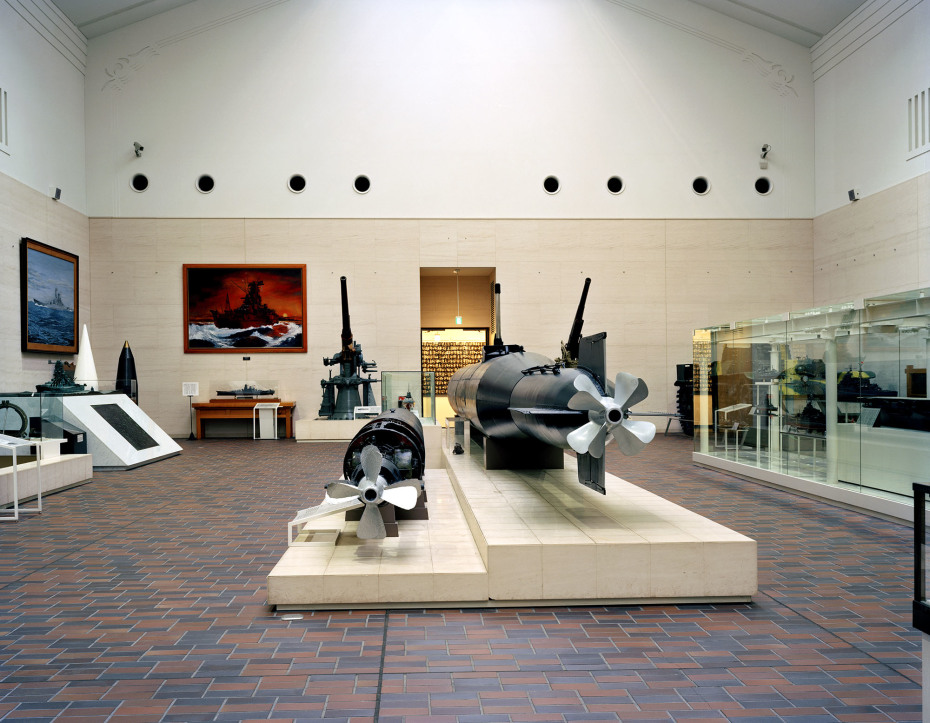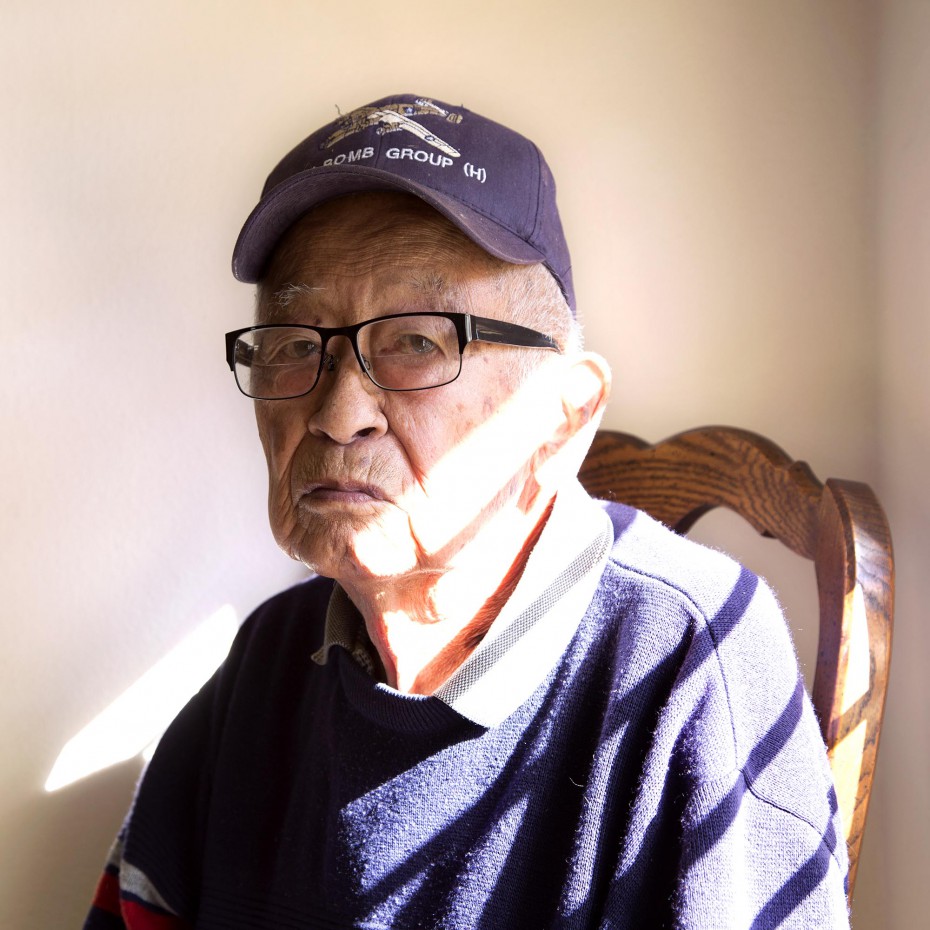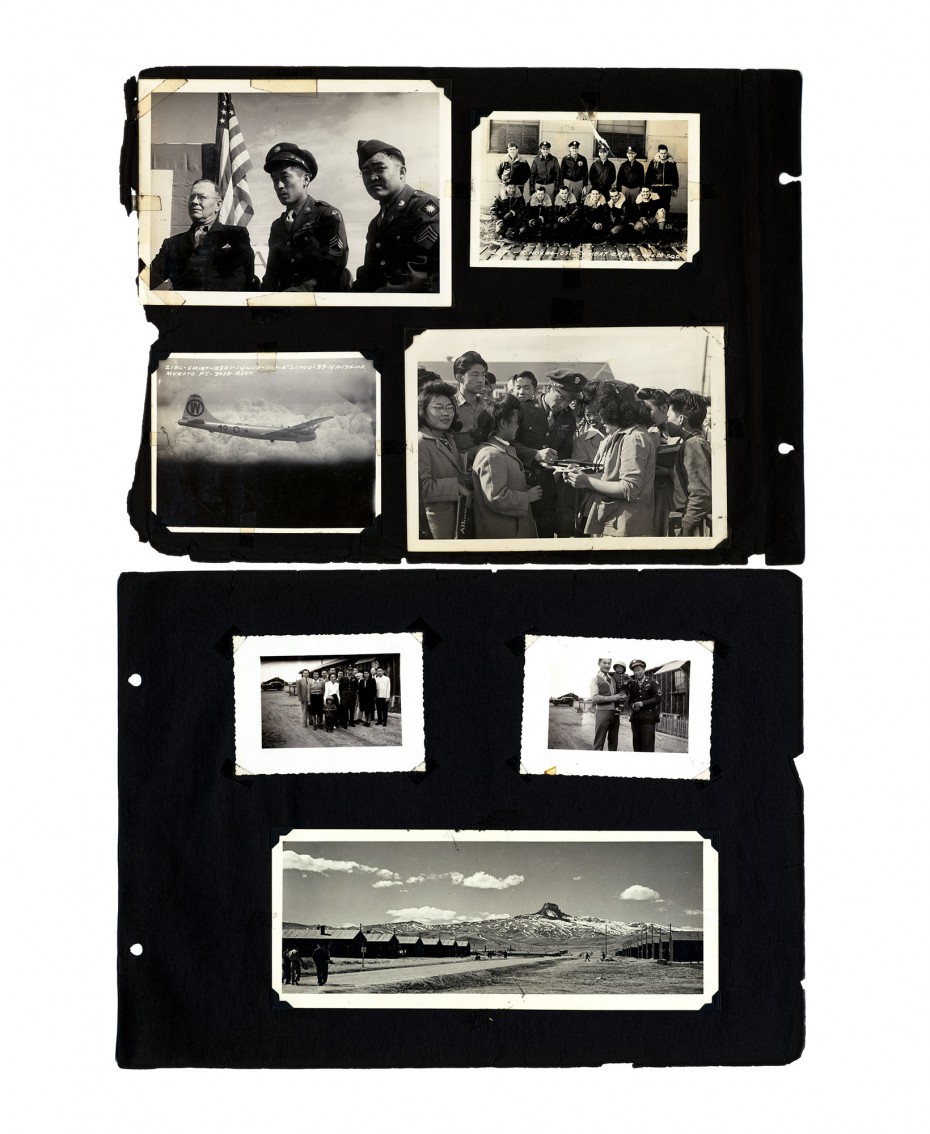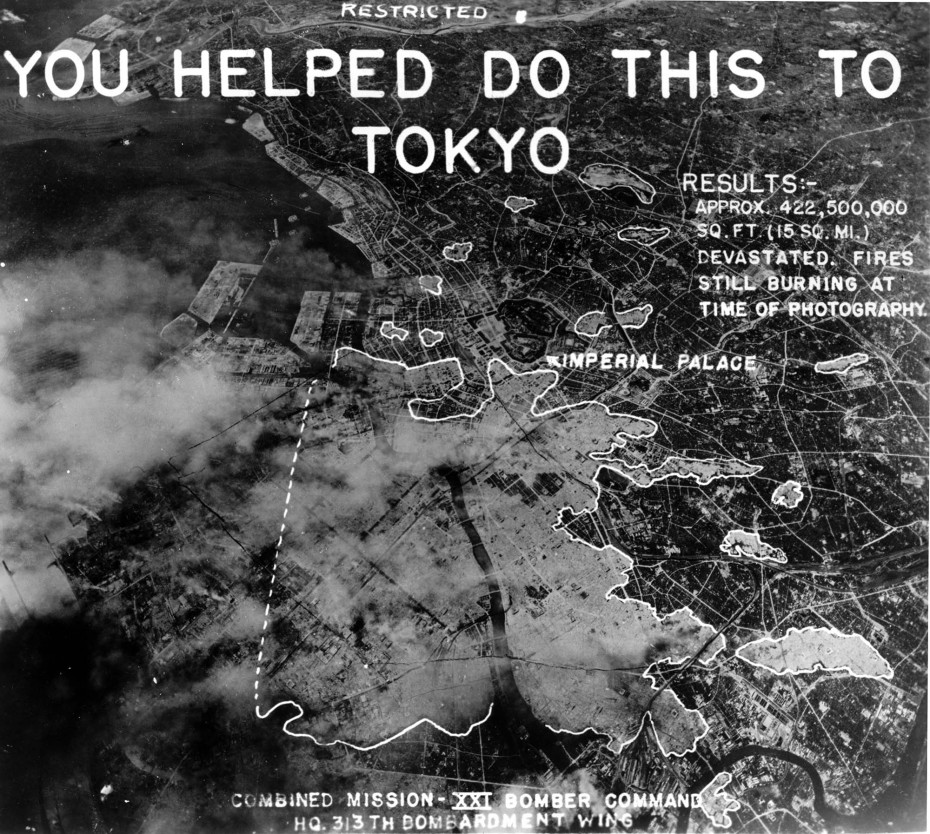The Imperial Body
‘If I don’t come home, I’ll see you at Yasukuni’… ‘We’ll meet at Yasukuni, beside the second cherry tree’… These are phrases that World War Two Japanese soldiers and pilots of the Kamikaze Special Attack Force would say to their families and each other as they went into battle and ultimately death. They were referring tothe Tokyo based Shinto shrine, established in 1869, which is dedicated to people who died whilst serving the Emperor and whose souls are thereby enshrined as deities. Although this is the shrine’s core business, so to speak, it has faced local and international backlash connected to a series of political actions that started in 1959 with the enshrinement of a number of Class A, B, and C convicted war criminals. The shrine has also been accused of historical revisionism concerning Japan’s imperial expansion throughout East, South East Asia and the Pacific, which has been further perpetuated via a series of formal visits by government officials, including the most recent in late 2013 by Prime Minister Shinzo Abe. These visits anger the former Japanese occupied countries of China, South Korea and Taiwan as they are seen to dishonour the histories of suffering these countries have endured. All of these interlocking narratives make Yasukuni Shrine a complex phenomenon within a local and international socio-cultural psyche. The shrine itself presents an almost contradictory position around the role that memorial, memory, honour and site have in relationship to the trauma and death that’s embedded within layered WWII military histories and experiences.
Embedded within Yasukuni Shrine’s complex narratives is a physical and spiritual place where families can come to not only mourn their deceased loved ones, but to also remember the atrocities of WWII itself. Within this site, these memories must surely involve not only what Japan inflicted on other nations—its own imperial nightmarish history—but also the force of the American military who essentially used Hiroshima and Nagasaki as strategic test cases for their newly fashioned atomic bombs, thereby forever changing the geopolitics of not only this region but the world at large. Arguably, America’s position after WWII represents, albeit softer, an equally as problematic imperial regime. This notion is reinforced through America’s military might, which is literally spread around the world via twenty-two bases in locations other than its mainland, not to mention Hawaii and Alaska. Perhaps what is at stake here is the clashing of two ideologically different nationalist regimes that were/are ultimately connected to empire building. Yasukuni Shrine while also a site of spiritual depth and remembrance cannot shake off its’ complex imperial history, which ultimately locks the shrine in to a rhetoric of strident fanatical nationalism—any mention of Yasukuni creates a complex myriad of feelings, for both Japanese and non Japanese. Meanwhile, America is able to build its’ international allies through the guise of peacekeeping military occupation: this is an empire that continues to build itself on the notion of protection.
This project doesn’t attempt to directly ‘tell the stories’ of Japan’s (or America’s) World War Two military and nationalist histories and subsequent memorialisation—rather the aim is to question what it might mean, along with how, to make sense of such narratives now. Central to this reflective approach is the acknowledgement that I am neither Japanese nor American, but a New Zealander who brings a perspective to this material that has undoubtedly been shaped by my own experiences of learning about not only WWII, but also Japanese and American military histories. My high-school education of this significant event was undoubtedly biased and took the allied position, of which New Zealand, being a colony of the United Kingdom, was ultimately aligned to. The dominant allied forces of America and the British Commonwealth, with its’ far-flung colonies, perpetuated ideologies that reinforced western Anglo-American and European thinking as centrally global (i.e.: the only way to think), while the axis powers represented extreme fascist regimes that was later exemplified by the Asian Pacific Theatre combat, which was ultimately an east verses west affair. As a New Zealander, I am interested in the Anglo-American/Eurocentric racist and imperialist discourses that surround WWII: I’m looking for the counter histories that reside within the dominant rhetoric ascribed to both the allied and axis powers. I’m interested in confronting what can be pre-given or non-negotiable fixed ‘images’ (visual and narrative based) of history, regardless of specific cultural origin. Ultimately, this project aims to produce artworks that continually reflect on their position as being an outsider to both Japan and America. This may enable a discourse that resists simplifying the complexities of military histories.
As a visual arts project, The Imperial Body takes the contentious shrine and Yushukan military museum as its point of focus by presenting a series of photographs of the present-day shrine, surrounding gardens, memorials, and museum artefacts, with fragments of historical images that represent moments of worship and acts of nationalism associated with WWII. By working with existing images, along with material produced during this residency, The Imperial Body attempts to critically explore the complexities of archives linking to essentially traumatic and nationalist histories. Ideas of nationalism are further complicated by the inclusion of newspaper articles and correspondence that reference the plight of Ben Kuroki, the only American of Japanese decent permitted to fight in aerial combat in the Asia Pacific Theatre of WWII. Nebraskan born Kuroki was subject to racism when, after the bombing of Pearl Harbour, the US War Department, worried about the potential loyalty of Japanese-Americans, not only initially forbid anyone of Japanese descent to fight in both the European and Asia Pacific theatres (specifically in B29 ‘Liberator’ Bombers), but also forcibly relocated 120,000 west coast based Japanese-Americans to internment camps, where they lost belongings, land and communities. While Pearl Harbour was the catalyst for severe anti-Japanese sentiment within the USA, what was really at stake was the notion of who could claim they were American, as well as national pride and patriotism.
This project aims to work with ideas of nationalism that are linked to the historical, ideological and political conflict of WWII, along with their representations, both as narrative and image. Accordingly within this project is also a critique of the photographic image as it relates to documentary practices, specifically the slippage between what is perceived to be known and experienced through images with what is actually communicated and presented. This questioning of the documentary image is hardly novel, however a fundamental shift in understanding and expectation of ‘the image’ is altered when the content is linked to historical political trauma: images must deliver, and deliver in a certain way. In other words, images associated with traumatic political histories, be they present-day or archival, must provide an affirmation of culturally conceived ideologically driven narratives. Paradoxically, the images of this project do not aim at anything essential: there isn’t any single truth to be discovered, or any crucial and exemplary representation to be gleaned from this material. There is no ‘correct’ way in which images of Yasukuni Shrine (or American nationalism) can either affirm or challenge a myriad of discourses. And this is perhaps what is most shocking about these photographs; they refuse to shout a specific political message. It is this conflict between images and their meanings, between images and culturally embedded ‘events’ (Yasukuni Shrine, Japanese Imperialism, American Imperialism, WWII), the shift between what can be seen and what can be said that reveals the fundamental ambivalence between discourse and document inherent in documentary practice. It is by working with this ambivalence—not to be mistaken as apolitical—that this project aims to provoke new experiences of historicised narratives that both pay homage to trauma, but resist holding histories as static or fixed. Ultimately, “these images attempt to navigate the post-imperial, post-colonial anxieties of our cultural moment, realising how limited perception is (by culture, technology, physiognomy, history, personality) and recognising the fascistic dangers of these constraints. But they also make us ask: Can we start finding other ways of looking? Might it be possible to look without naïve ignorance or guilt or shame?” (Barnett 2012, 88).
Series Information
- Year: 2013/14
- Dimension: all prints variable dimensions
- Medium: Photography/Moving-image
